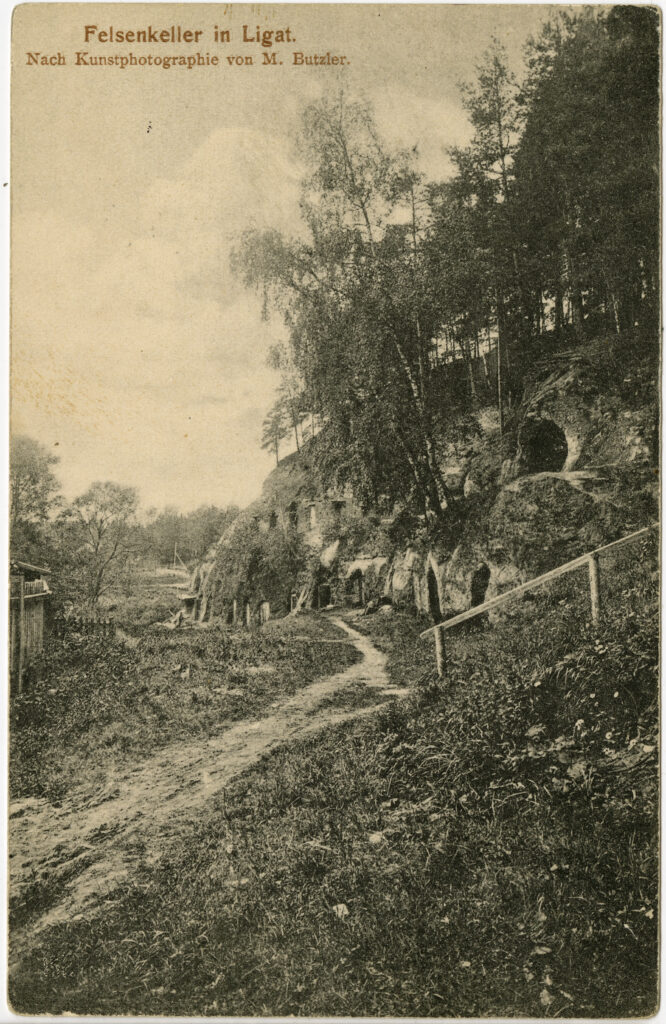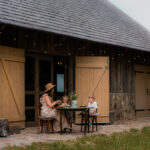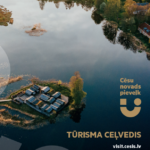Sandstone cellars of Līgatne

Have you ever wondered how exactly the sandstone cellars, so useful for the local residents of Līgatne, were created? To make sure that digging the caves was not in vain, it was first necessary to investigate the geological processes at the hilltop by making test pits. This way, one could determine the depth of the rock, whether the foundations were solid enough, and if there were any springs below. If seepage or falling sand appeared, it was evident that digging a cave in that location would be pointless, as it was likely to collapse. Many cave excavations were started but had to be discontinued for this very reason. Particularly fascinating is a special type of passage, locally called ‘gaņģis’. It refers to a longer passage with cellars on both sides. The process of excavating these passages was lengthy and took several years to complete. To speed up the work, cave owners, along with their relatives and friends, were involved in the excavation process. It was a laborious task, as it involved the removal of the excavated sand.
The first cellars in the sandstone outcrops were created right here in the sandstone outcrop locally called ‘Lustūzis’, around 1770. They were excavated for the purposes of the gristmill and private use by its workers. Interestingly, ‘Lustūzis’ is the only sandstone outcrop in Līgatne where cellars are arranged in multiple levels.
The caves in the ‘Lustūzis’ sandstone outcrop have undergone several reconstructions and extensions over time. A new phase of excavation occurred in 1815–1816, with the construction of the ‘Anfabrik’ which, just like the old gristmill, was partly used as housing for workers. Consequently, more cellars were required. Subsequent development of ‘Lustūzis’ is associated with the Hare’s Island constructed in 1886 and residential buildings constructed a few years later on the School Hill. The cellars of the ‘Lustūzis’ sandstone outcrop were also used by the store operated by the consumer cooperative ‘Konzums’ which was located in what is now the Līgatne Winery store.
In earlier times, the cave cellars served not only for storing food but also as shelters. During World War II, people took refuge in the ‘Lustūzis’ cave cellars from air raids and bomb explosions. The local resident Valija Pastuhova recalls that during the war, she and her family had to spend several days and nights in the ‘Lustūzis’ caves, where they had cellars, along with other locals. One night, a bridge near the pharmacy was blown up, causing a large boulder to fall in front of the cave, blocking the entrance. Fortunately, the next day they managed to roll the boulder away and escape from the cave. After World War II, some of the storage areas were repurposed into garages. However, the damp environment proved unsuitable for storing cars, as they rusted significantly.
In the present day, at the base of ‘Lustūzis’, visitors can encounter local artisans and purchase souvenirs. The Līgatne Winery has opened a tasting cellar in one of the old sandstone garages.





















